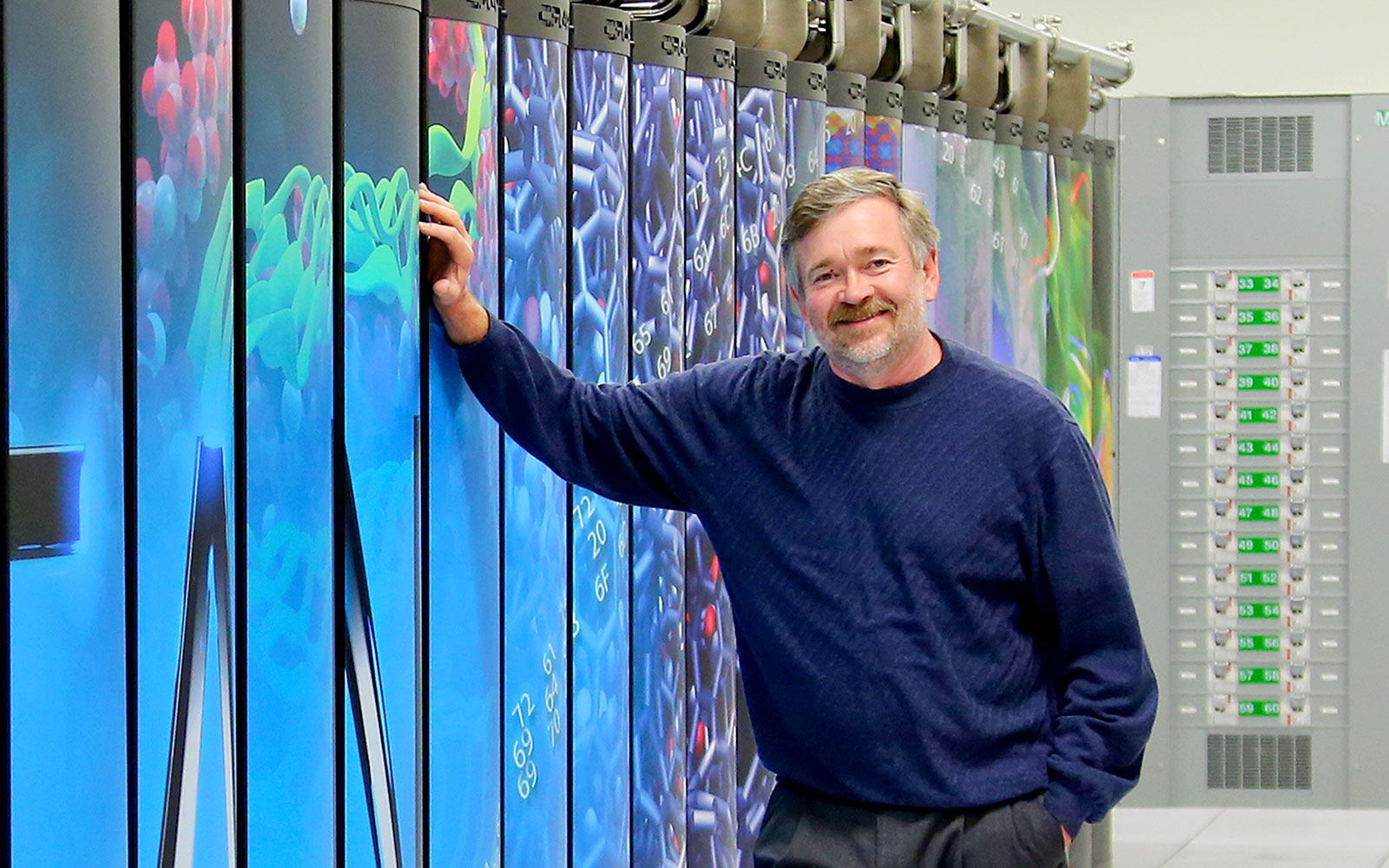ORNL Debuts Titan Supercomputer
The U.S. Department of Energy’s (DOE) Oak Ridge National Laboratory launched a new era of scientific supercomputing today with Titan, a system capable of churning through more than 20,000 trillion calculations each second—or 20 petaflops—by employing a family of processors called graphic processing units first created for computer gaming. Titan will be 10 times more powerful than ORNL’s last world-leading system, Jaguar, while overcoming power and space limitations inherent in the previous generation of high-performance computers.
“One challenge in supercomputers today is power consumption.”
Titan, which is supported by the Department of Energy, will provide unprecedented computing power for research in energy, climate change, efficient engines, materials and other disciplines and pave the way for a wide range of achievements in science and technology.
The Cray XK7 system contains 18,688 nodes, with each holding a 16-core AMD Opteron 6274 processor and an NVIDIA Tesla K20 graphics processing unit (GPU) accelerator. Titan also has more than 700 terabytes of memory. The combination of central processing units, the traditional foundation of high-performance computers, and more recent GPUs will allow Titan to occupy the same space as its Jaguar predecessor while using only marginally more electricity.
“One challenge in supercomputers today is power consumption,” said Jeff Nichols, associate laboratory director for computing and computational sciences.
Read the full story here.
